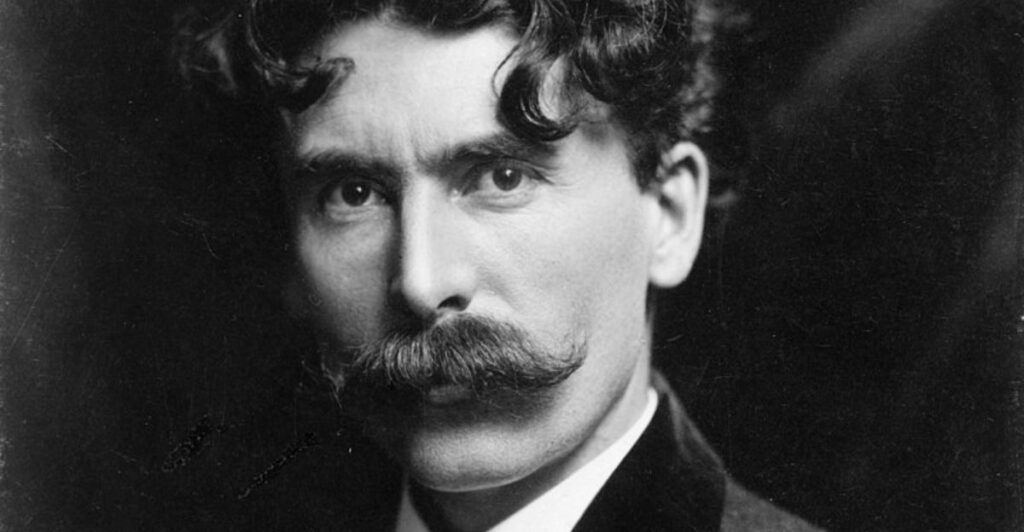
Before photos, artists were documenting the wild animals of America. They didn’t only make art—they captured history. Here are 12 illustrators who gave us some of the first visual records of the country’s wildlife. These artists left lasting impressions on how we see nature.
1. John James Audubon and His Birds of America
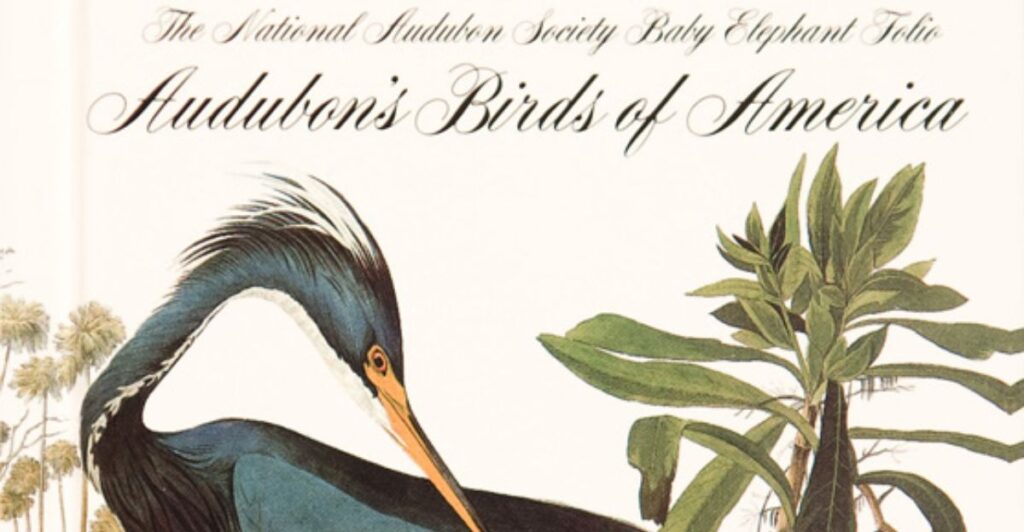
In the early 1800s, Audubon traveled across North America to document birds in their natural habitats. His The Birds of America remains one of the most detailed records of avian life. Audubon’s work served as a vital scientific reference, with precise illustrations of over 400 species.
2. Mark Catesby’s Early Naturalist Adventures
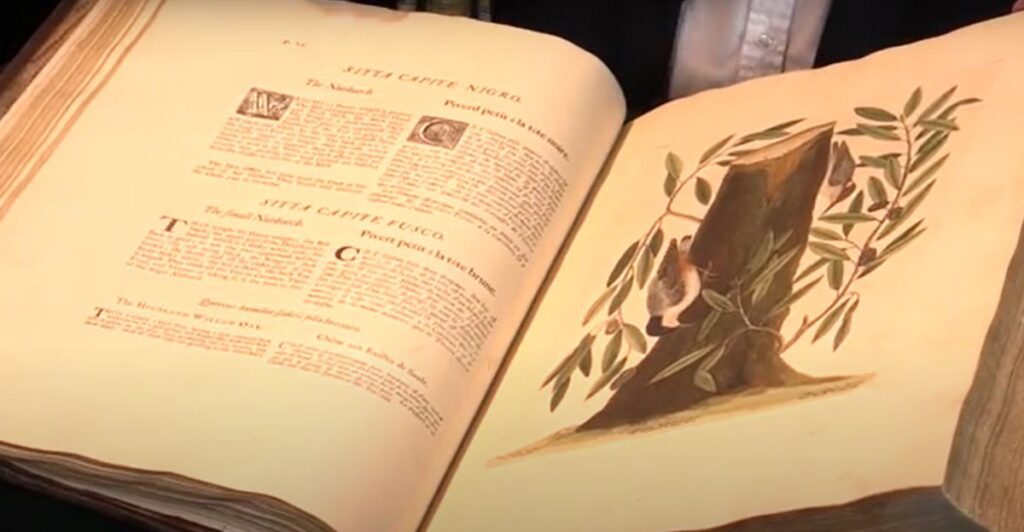
Catesby’s Natural History of Carolina, Florida, and the Bahama Islands (1731-1743) was groundbreaking. He was one of the first naturalists to illustrate the flora and fauna of the American colonies, many of which were unknown to Europeans. His detailed renderings, like the now-rare illustration of the American alligator.
3. Charles Willson Peale and America’s First Museums
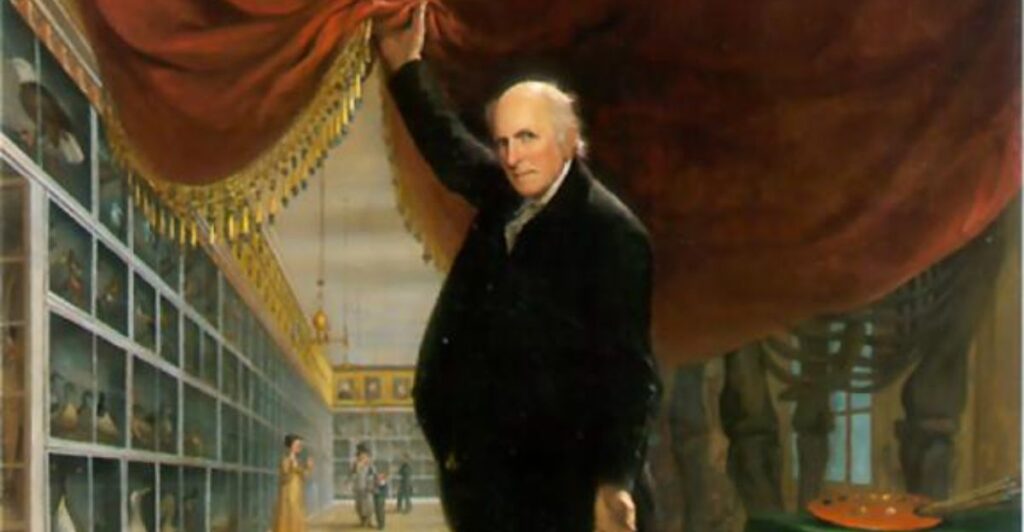
Peale, better known for his portraits of early American figures, also had a passion for natural history. In 1786, he opened one of the first public museums in the US to showcase his wildlife paintings alongside specimens he preserved. Peale’s work with bison, elk, and other animals influenced later conservation efforts.
4. George Catlin’s Native American Wildlife Portraits
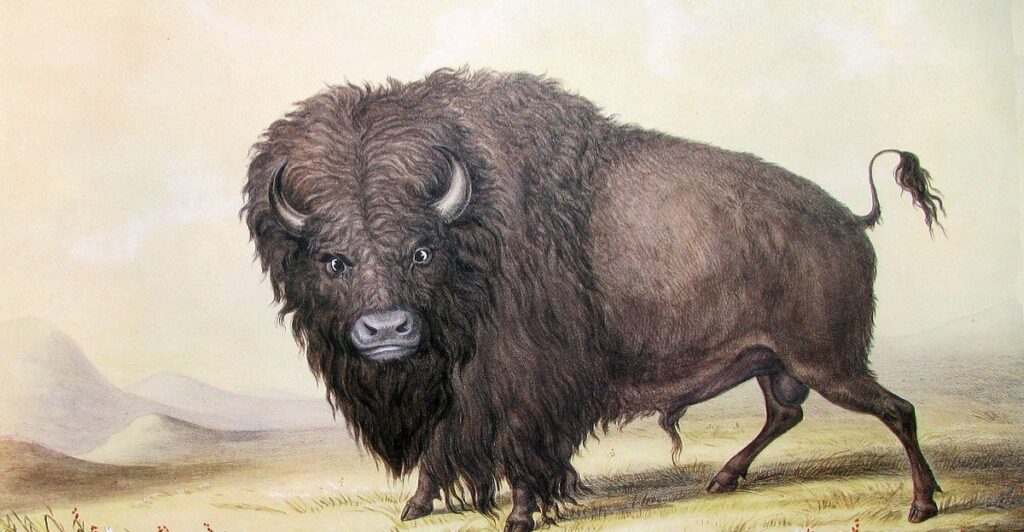
In the 1830s, George Catlin ventured west to document the rapidly vanishing wildlife and Native American cultures. These were vivid portrayals of bison, wolves, and other creatures at risk of being lost. The art sparked early calls for conservation. It focused on the need to preserve both wildlife and native cultures before they disappeared.
5. Alexander Wilson’s Pioneering Bird Illustrations
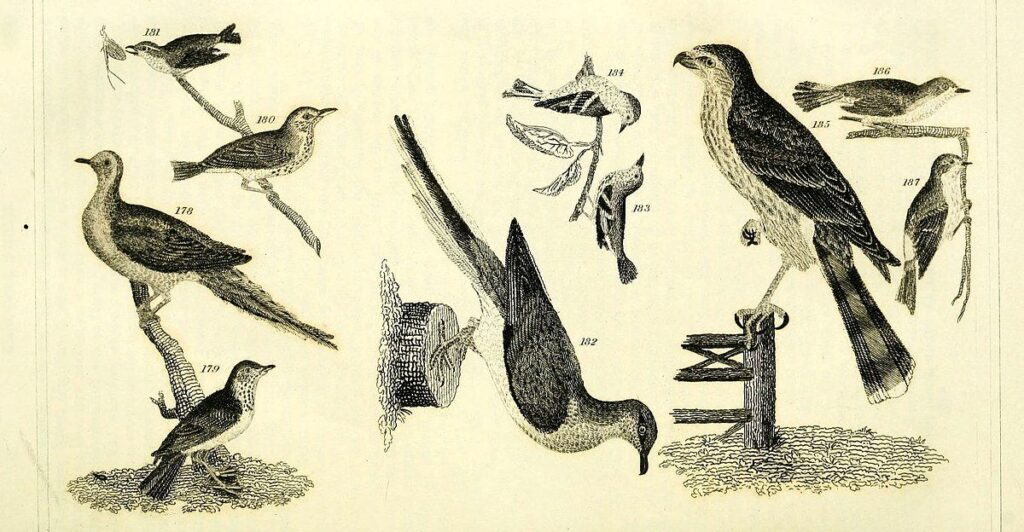
Wilson’s American Ornithology (1808-1814) wasn’t just the first comprehensive bird guide of North America; it set a new standard for bird illustration. The work documented over 300 species, some of which, like the Carolina parakeet, are now extinct. Wilson’s accuracy helped define the study of American birds and inspired future ornithologists, including Audubon.
6. Joseph Drayton’s Marine Illustrations
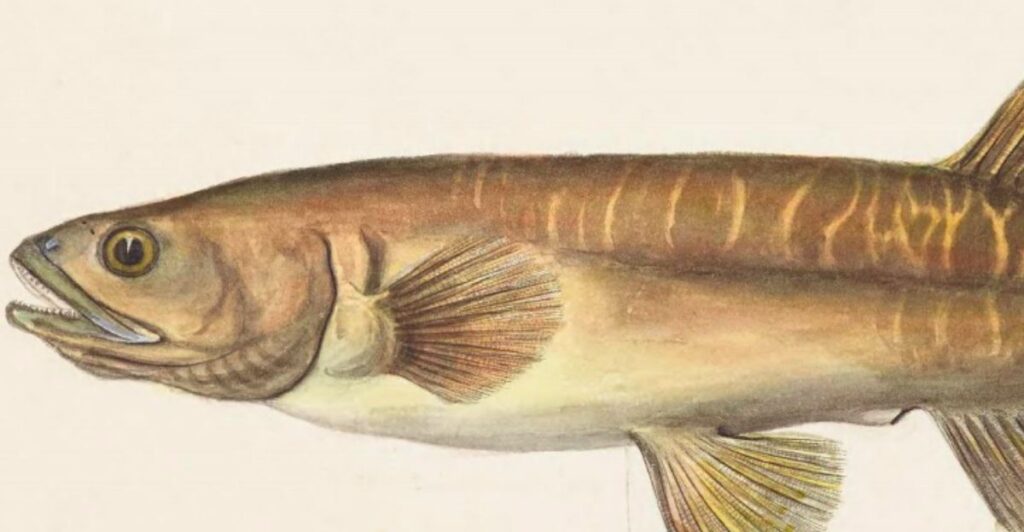
Drayton was the lead artist on the United States Exploring Expedition (1838-1842), or the “Wilkes Expedition.” Drayton documented over 280 islands as he explored the Antarctic coast and cataloged marine life in the American Northwest. Those detailed illustrations brought to life the unseen wonders of the ocean as Drayton captured the imagination of both scientists and the public.
7. Thomas Bewick and the Art of Wood Engraving
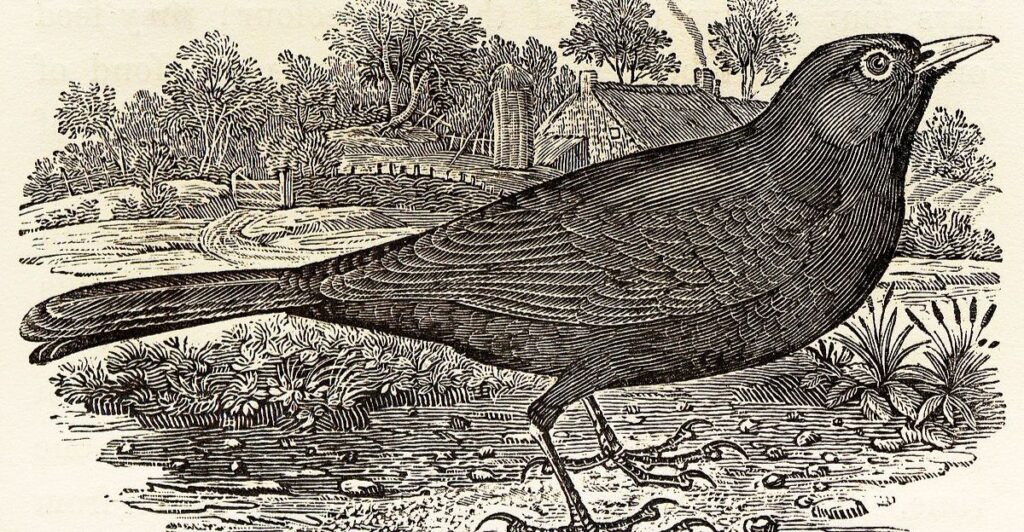
Bewick revolutionized wildlife art through his wood engraving technique. By focusing on intricate details and capturing animals in motion, Bewick brought American and British wildlife to life—an innovation that allowed for the mass production of wildlife prints. So, Bewick made animal illustrations more accessible to a broad audience.
8. Edward Lear’s Illustrations of Birds and Animals
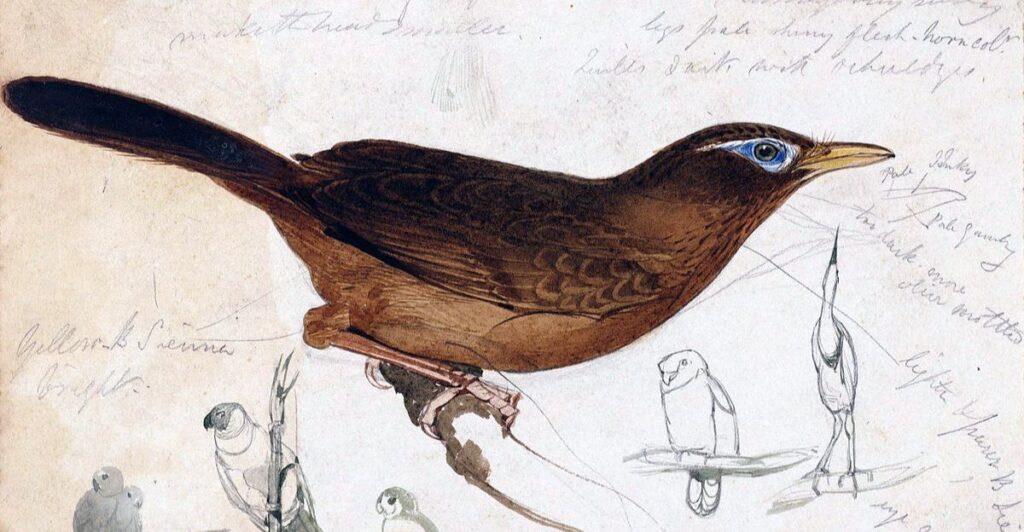
An artist mostly for his playful poetry, Lear also created detailed illustrations of birds during his travels. While in the Mediterranean, he created striking sketches that documented species unfamiliar to European audiences. Lear’s precise drawings—such as those of the Egyptian vulture—bridged the gap between art and science.
9. William Bartram and the American Flora
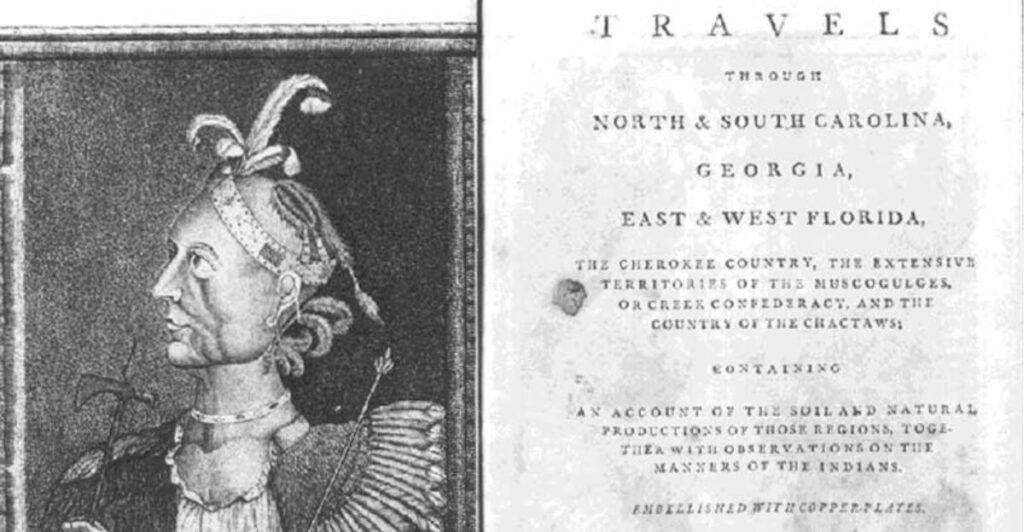
Travels, by William Bartram, offered a first detailed look at the southeastern United States. That work extended beyond plants to the wildlife inhabiting those regions, like the Florida panther. Bartram’s careful sketches captured the biodiversity of early America and became essential references for naturalists like Audubon, who built upon Bartram’s foundation for future wildlife studies.
10. Archibald Menzies and the Pacific Coast Species
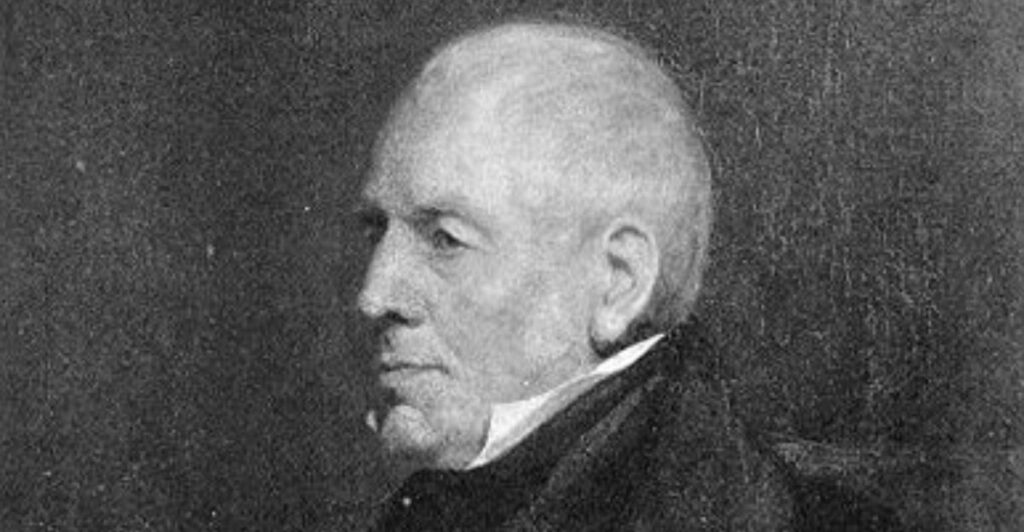
As Menzies ventured to the Pacific Coast during the early 1800s, he created the first detailed illustrations of sea otters, wolves, and numerous plants. Menzies’ observations were important to understanding the biodiversity of the Pacific Northwest and helped shape the scientific exploration of the region during the early stages of American expansion.
11. Ernest Thompson Seton’s Wildlife Conservation Art
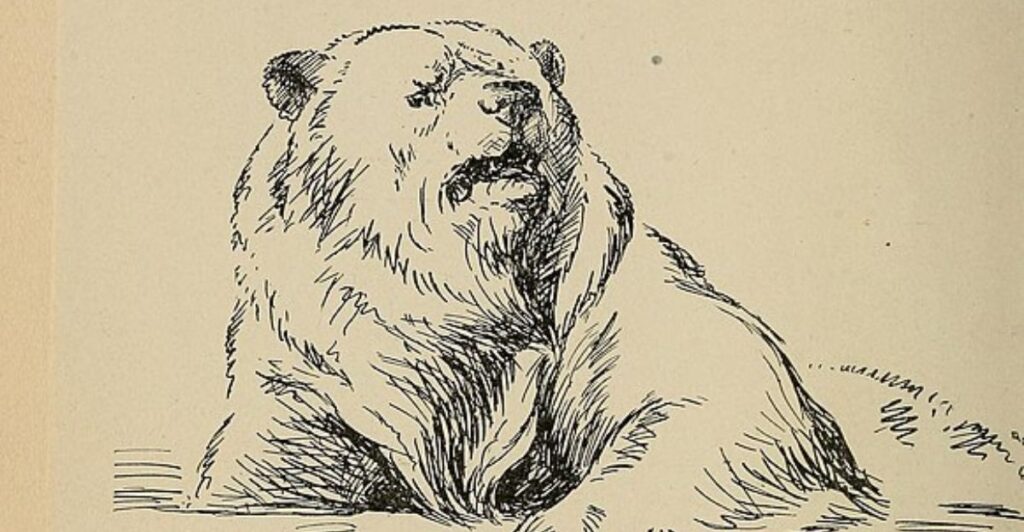
Seton’s art influenced the creation of national parks and wildlife protection efforts across North America. He was both an artist and a conservationist—a vital figure in early 20th-century wildlife protection scenes. Illustrations of animals like wolves shifted public opinion on these creatures, as complex animals rather than mere threats.
12. Titian Ramsay Peale’s Butterflies and Moths
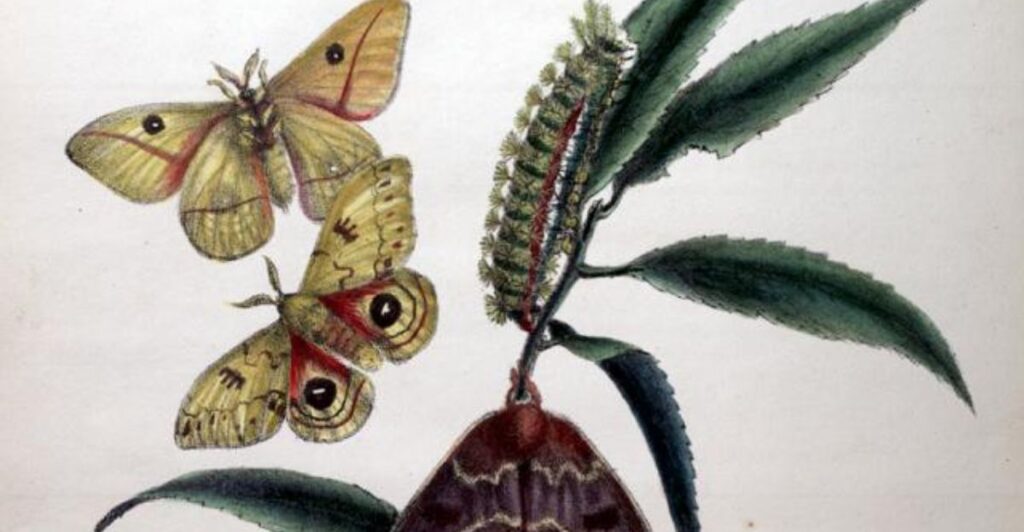
Another artist from the famed Peale family, Titian is renowned for the detailed illustrations of butterflies and moths he created. An influential figure in American natural history, he excelled in capturing the complex details and vivid colors of these insects. Titian, hence, made significant contributions to the scientific field of entomology through his art.
Stay connected with us for more stories like this! Follow us to get the latest updates or hit the Follow button at the top of this article, and let us know what you think by leaving your feedback below. We’d love to hear from you!







